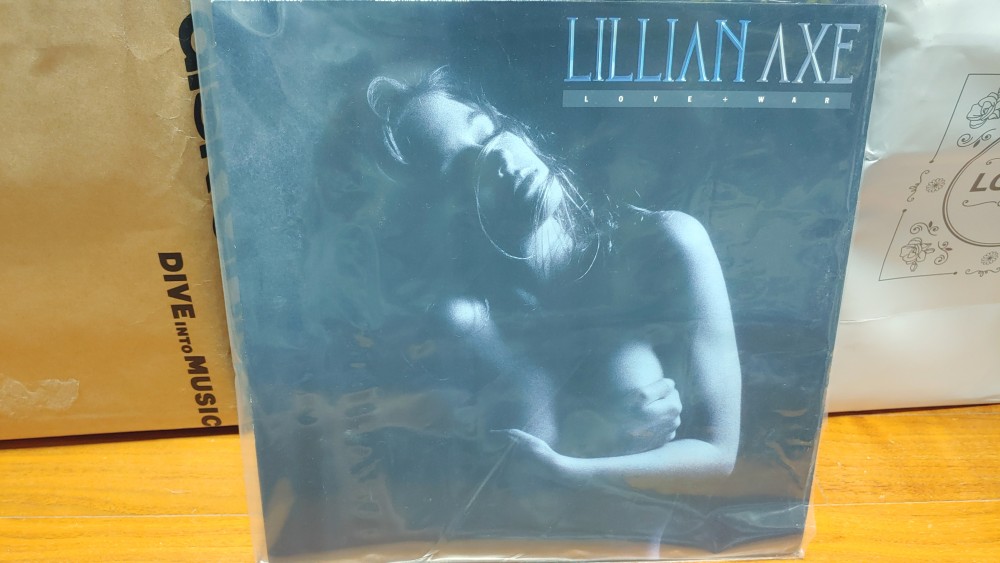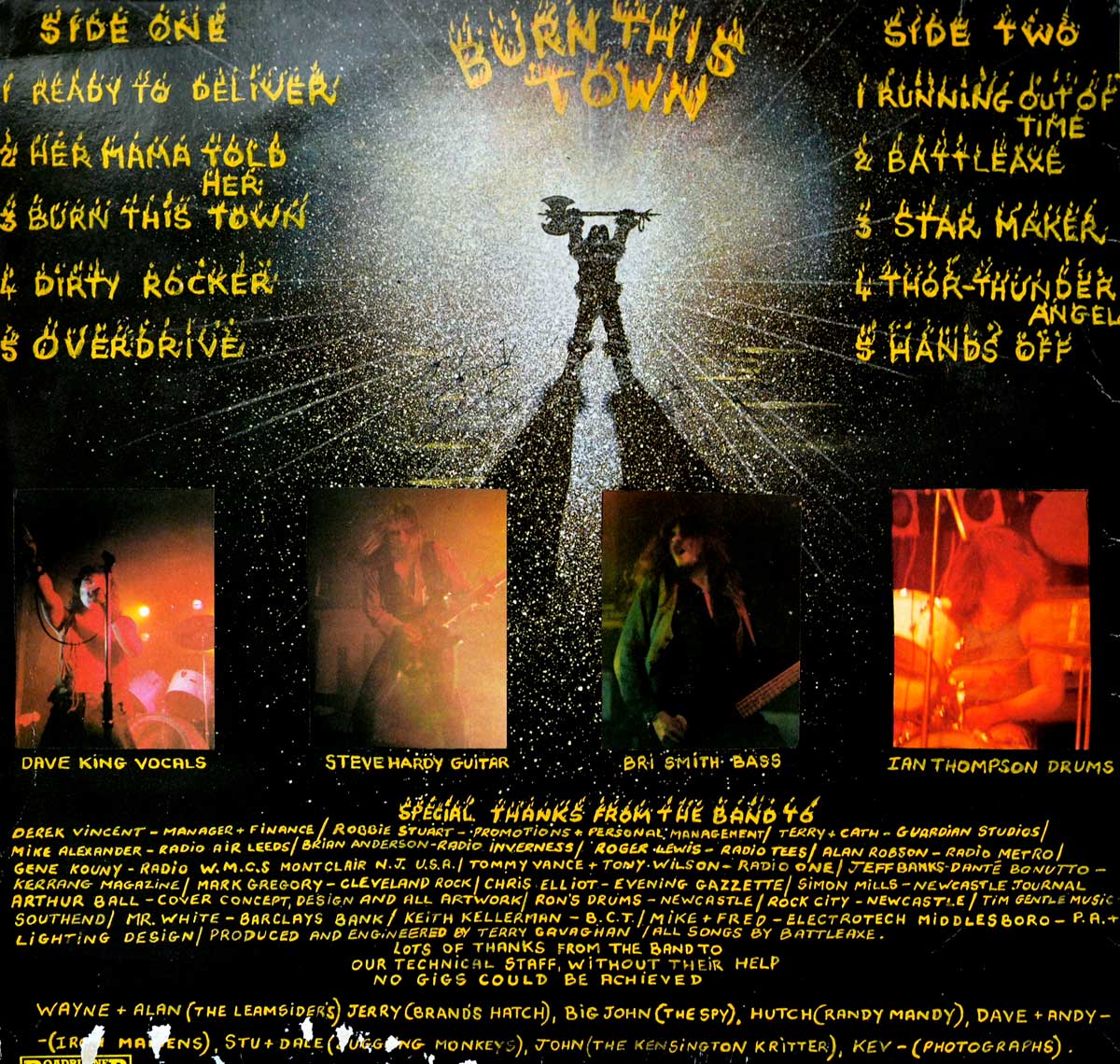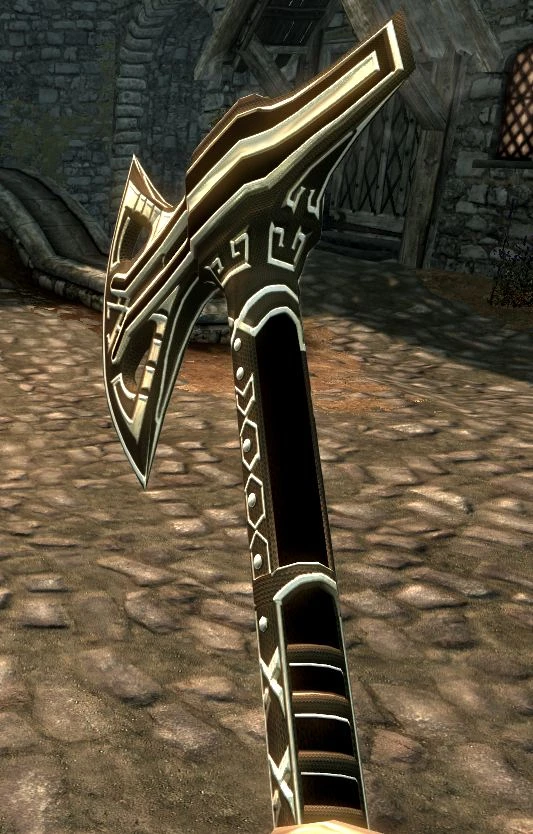
In addition to the remains of bones in the Pepkino burial, utensils, jewelry, bone amulets, and, particularly interestingly, production molds for bronze axes similar to the above-mentioned were found. The archaeology of conflict declares this tragic situation a result of the political and social situations of the tribes of the Abashevo archaeological cultures or their interaction with neighboring cultures. Their skulls show many traumas from strike weapons. Those Abashevo men from the Pepkino burial who did not fall from arrows immediately, fought hard. The nature of the injuries indicates that the enemies used bows in the first wave, and then they attacked with battle axes in close combat. This collective burial site contains the remains of 27 persons bearing traces of violent deaths. On the other hand, one of the famous archaeological sites of the Abashevo culture is the Pepkino burial mound in the Volga region, Russia. The axe was excavated in the Malo-Kizilsky settlement (territory of Eastern Abashevo) in the modern Ural region of the Russian Federation. This culture is characterized by developed livestock, agricultural farming, and bronze metalworking, in which it has several points of linkage with the Eurasian metallurgical province. For these joint studies, we chose a bronze axe found on the forest-steppe territory of the area of the Abashevo archaeological culture, dated from the end of the 3rd millennium B.C. In the frame of the historical theory of conflicts, Bronze Age metal battle axes are indicators of a great degree of ancient society militarization. Modern osteology techniques and methods are used for reconstruction of the wounds, injuries, and traumas of ancient warriors or civilians. Studies of ancient weapons and the remains of peoples can be used to recover the battle opportunities and experiences of the distant past. The reasons, evolution, and passing of conflicts can be derived from joint research by physicists and anthropologists. There are many archaeological finds connected to the manifestations and determinations of great violence between individual humans and cultural groups in the past. Our joint studies are dictated by the requests of one scientific direction in archaeometry science, namely, conflict archaeology.

In our work, we want to present not only the capabilities of structural imaging methods but also bioarchaeological-related methods of historical reconstruction of the identification processes of damage caused by metal weapons of the Bronze Age based on human remains. Besides this, nondestructive structural imaging methods such as neutron and X-ray tomography are advantageous.

The uniqueness and great value of museum archaeological items require modern, innovative approaches to their study.
#Battle axe and tracks crack#
The obtained results are intended to be used to expand our knowledge about ancient production technologies, the origins of ore mining, the degree of preservation, and corrosion and crack penetration. The ever-growing number of scientific research methods is being used to study the physical and chemical properties of ancient coins, metal weapons, and stone, glass, and ceramic archaeological objects. In recent years, more attention from archaeologists and other history-related scientists has been focused on comprehensive studies of the great number of cultural heritage items using natural science methods. The obtained structural and anthropological data can be used to develop new concepts and methods for the archaeology of conflict. The complementary use of 3D visualization methods allowed us to make some assumptions on the cause of death of the people of the Abashevo culture and possible intra-tribal conflict in this cultural society. The reconstruction and identification of the injuries and type of weapon on the restored skulls were performed. Skulls with traces of injuries originate from archaeological excavations of the Pepkino burial mound of the Abashevo culture in the Volga region. The reconstructed 3D models of the battle axe, plastic imprint model, and real wound and trauma traces on the bones of the ancient peoples of the Abashevo archaeological culture were obtained.

We report the results of neutron tomography experiments on the bronze battle axe, as well as manufactured plastic and virtual models of the traumas obtained at different strike angles from this axe. Detailed structural data were acquired to simulate and model possible injuries and wounds caused by this battle axe. A massive bronze battle axe from the Abashevo archaeological culture was studied using neutron tomography and manufacturing modeling from production molds.


 0 kommentar(er)
0 kommentar(er)
